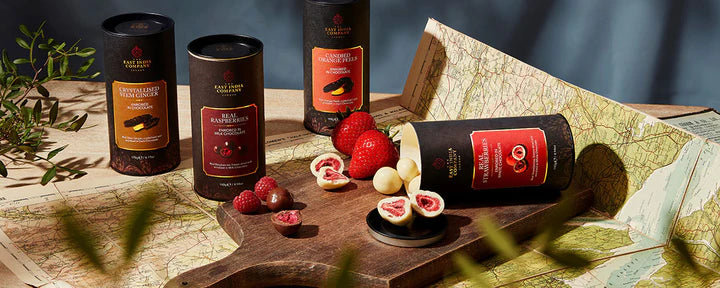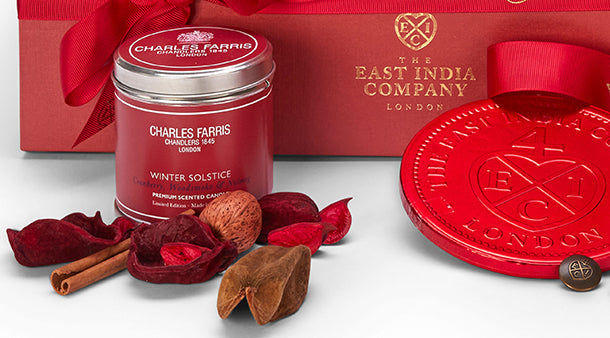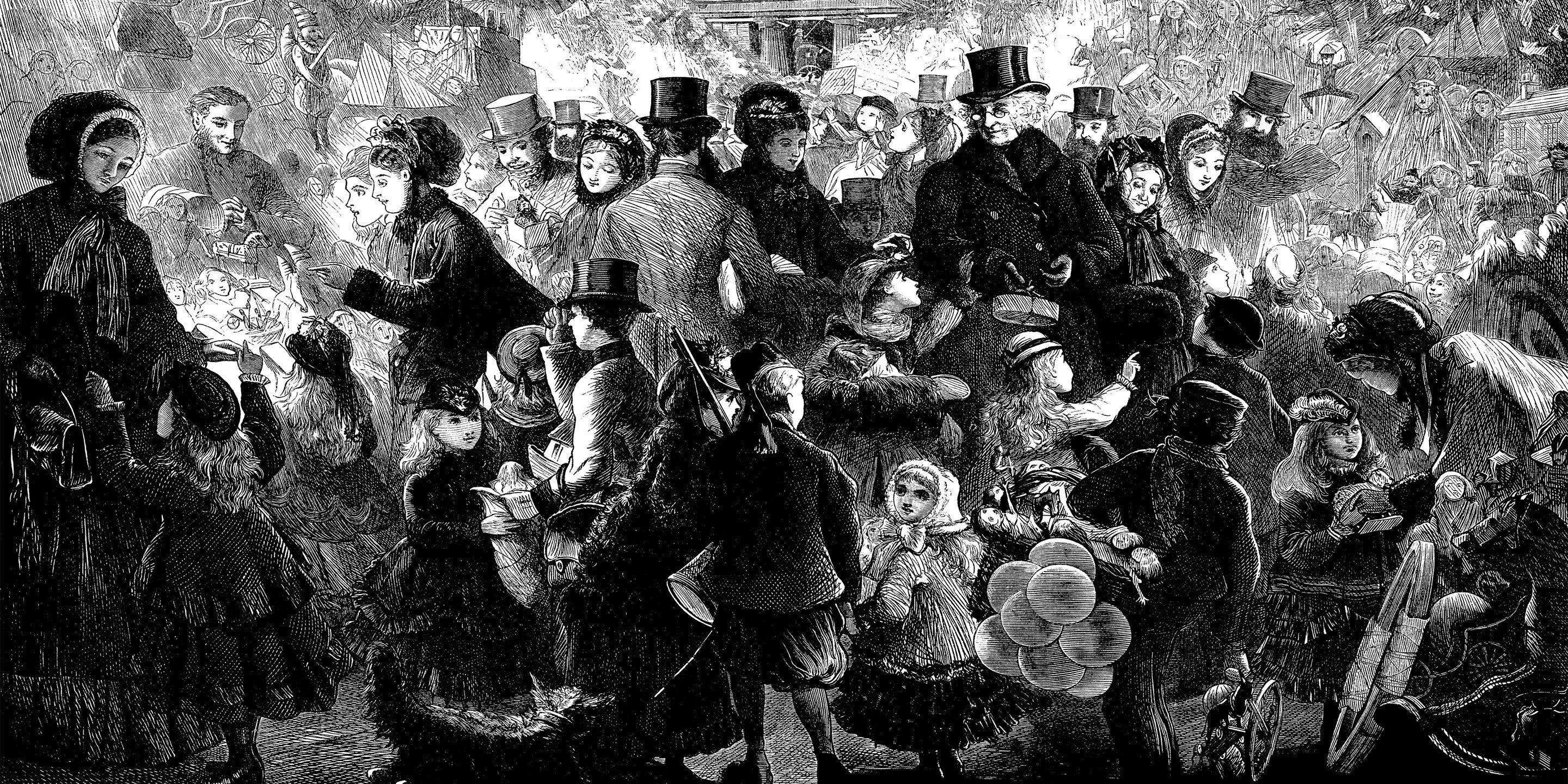There is an undeniable frisson of excitement when opening a hamper, exploring the depths, and unearthing exciting foods that wouldn’t normally be on the shopping list.
Hamper gifting not surprisingly, has a long tradition.
The word ‘hamper’ is derived from a French word ‘hanapier’, meaning something that holds a cup or cups - ‘hanap’ itself being an old Germanic word for a drinking vessel.
It is believed that William the Conqueror brought the tradition to England from France in the 11th Century, wicker hampers full of food and clothing being given to the poor.
Centuries later, it was wealthy Victorians who popularised the gifting of hampers, either for friends or for members of their household staff, particularly at Christmas.
The Victorians built railways, so hamper gifting grew across the country as speed of delivery meant foodstuffs arrived in perfect condition – the Amazon Prime of the day. Simultaneously in America, gift baskets [a hamper is a laundry basket in the US] were delivered from East to West. Later, boxes of home comforts were sent by loving families to the front line and hospitals in WW1, making life just a little less unbearable.
Today, hampers take many forms, whether wicker, wooden or card, and might contain artisan or exotic foods, fine wines and small household items. It is a thoughtful gift, the giver mindful of what the lucky recipient likes, but always with a little something extra to surprise.
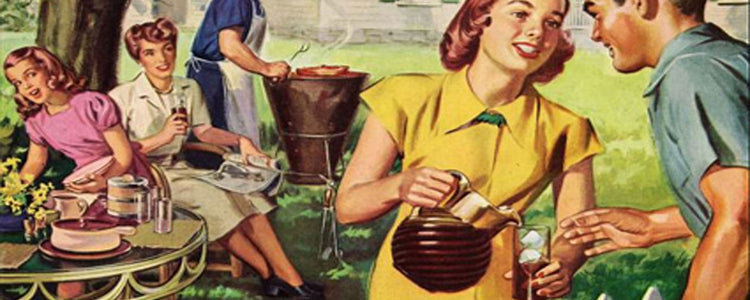
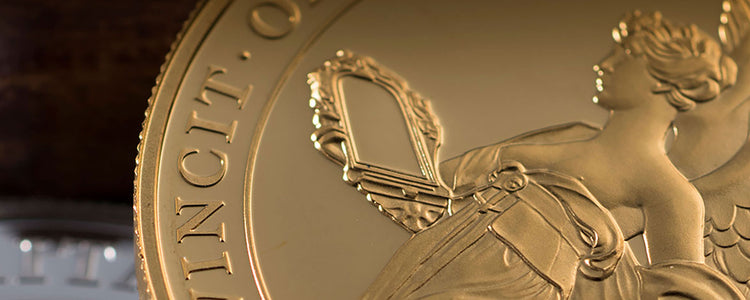
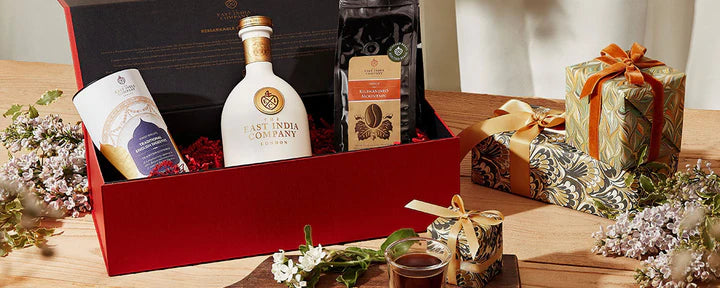
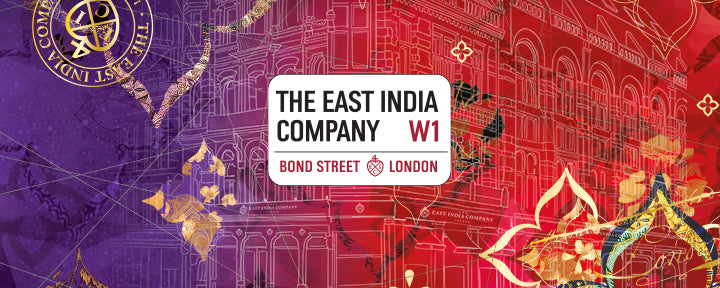
 Ceylon / Sri Lanka
Ceylon / Sri Lanka Assam, India
Assam, India Japan
Japan Taiwan
Taiwan Nepal
Nepal China
China Kenya
Kenya Egypt
Egypt South Africa
South Africa